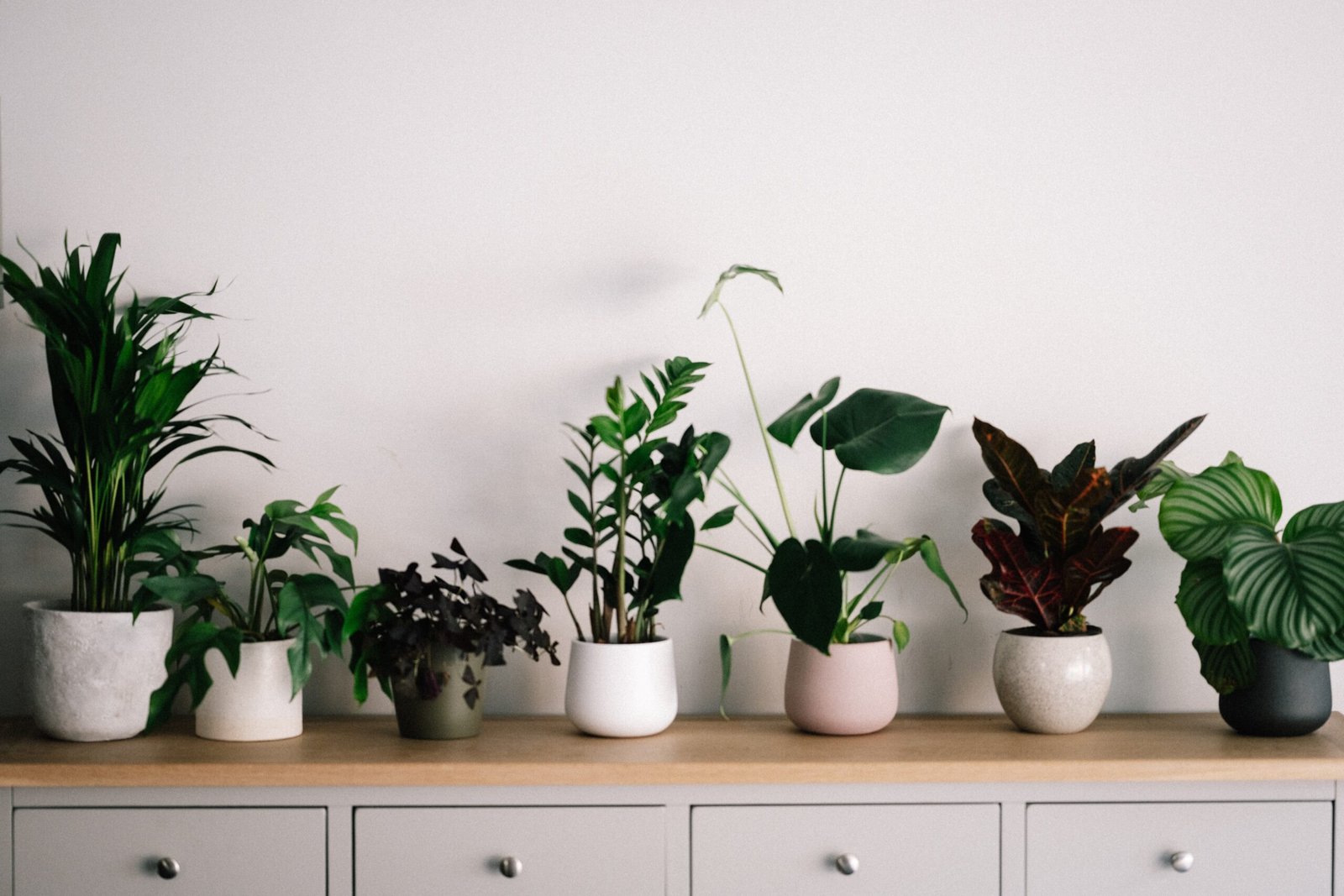Introduction
Fall is a wonderful time to focus on the health and growth of your indoor plants. As the weather begins to cool down, your plants may require some extra care and attention to thrive during the upcoming months. One crucial aspect of plant care is fertilizing, as it provides essential nutrients to support their growth. In this blog post, we will provide you with five valuable tips for fertilizing your indoor plants during fall.
1. Choose the Right Fertilizer
When it comes to fertilizing your indoor plants, it’s essential to select the right fertilizer. Look for a balanced fertilizer that contains equal amounts of nitrogen, phosphorus, and potassium (NPK). This balanced ratio will ensure that your plants receive all the necessary nutrients to promote healthy foliage, strong roots, and vibrant blooms.
Another great option is to choose organic fertilizers. They are derived from natural sources and are rich in micronutrients, which can improve soil fertility and promote overall plant health. Organic fertilizers are also less likely to burn your plants when applied correctly.
2. Timing is Key
Timing is crucial when it comes to fertilizing your indoor plants. During fall, your plants enter a period of dormancy or slower growth. This means that their nutrient requirements may be lower compared to the active growing season. It’s important to adjust your fertilizing schedule accordingly.
A general rule of thumb is to reduce the frequency of fertilizing during fall. You can fertilize your plants once every six to eight weeks, depending on their specific needs. Be mindful of the instructions provided by the fertilizer manufacturer and consider the specific requirements of each plant species.
3. Dilute and Water Properly
When applying fertilizer to your indoor plants, it’s crucial to dilute it properly to avoid any potential damage. Using a concentrated fertilizer directly on your plants can lead to burning and harm their delicate root systems.
Follow the instructions on the fertilizer packaging and mix it with water as recommended. This will help ensure that the fertilizer is evenly distributed and won’t overwhelm your plants. After applying the diluted fertilizer, water your plants thoroughly to prevent any buildup of salts or chemicals in the soil.
Conclusion
Fertilizing your indoor plants during fall is a fantastic way to support their growth and prepare them for the upcoming season. By choosing the right fertilizer, adjusting your fertilizing schedule, and applying it properly, you can ensure that your plants receive the nutrients they need to thrive. Remember to always consider the specific requirements of your plants and consult with a professional if needed. Happy fertilizing!

